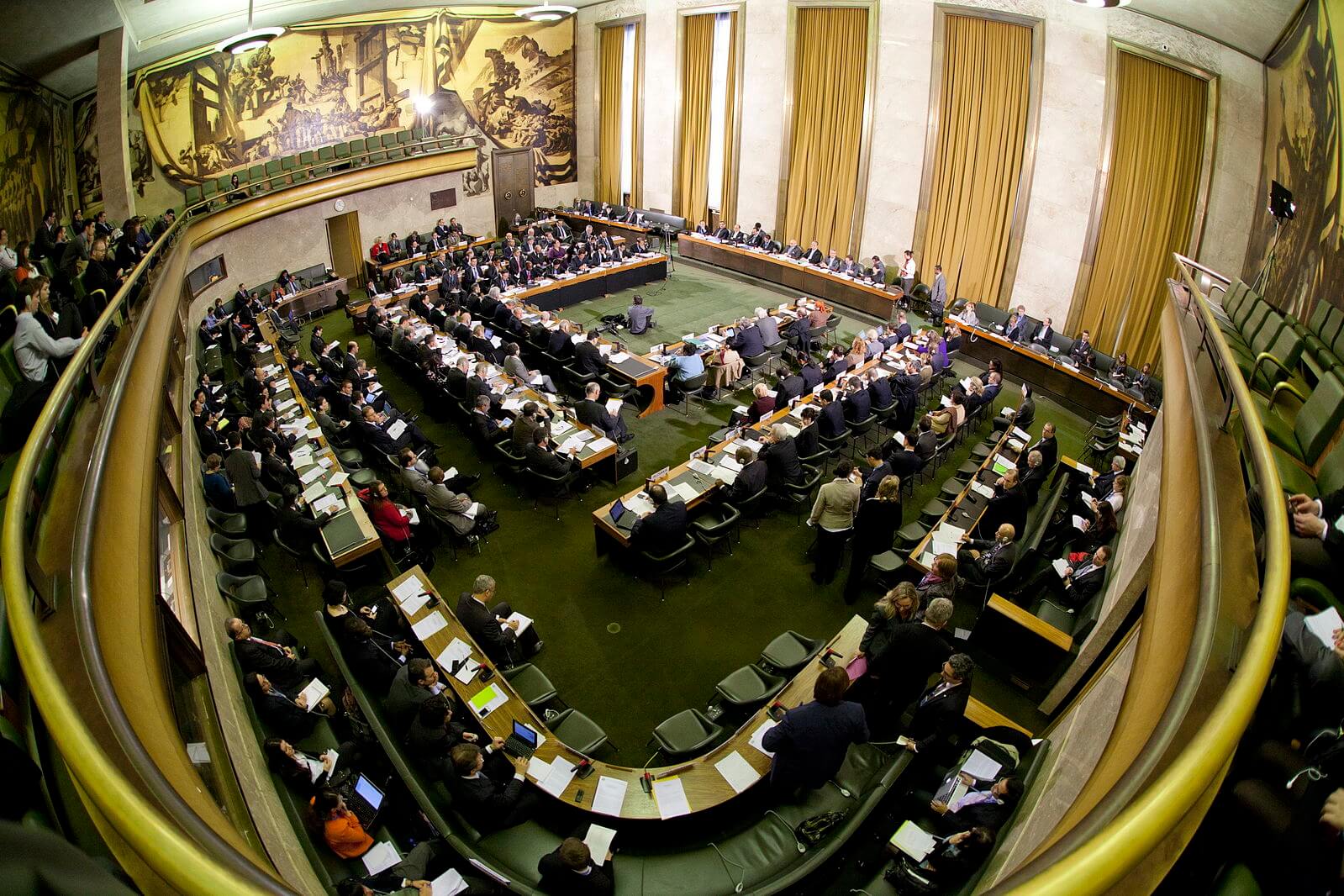Nuclear disarmament has been the most desirable objective of global arms control policies since nuclear weapons were invented, along with general and complete disarmament. But it is also one that has generated most contention and conflict. Scientists involved in developing military applications were quick to call for strict controls and the elimination of all nuclear weapons from states’ military arsenals. This stemmed from the realisation of the destructiveness of their scientific achievement, and the unacceptable scale of the threat it posed to the entire humanity should such weapons ever be used in an actual, large-scale war.
However, seventy years since the use of nuclear weapons in conflict, there remain around 16,000 nuclear weapons, some on a high alert status or in facilities that employ unsatisfactory security and safety practices. The international community remains deeply divided on the ways in which to best advance the declared goal of a world without nuclear weapons and the single recognised forum for multilateral disarmament negotiations – the Conference on Disarmament remains deadlocked over political wrangling. The differences involve several factors ranging from national security objectives and related perceptions of threats, to strategic stability and regional partnerships and alliances. There are also a plethora of other, less tangible factors such as states’ national identity, their ability to project soft-power and the way that the others’ ability to do so influences nuclear policy planning. Over the past several decades, these factors have evolved, consequently altering states’ views on arms control and disarmament, which would be reflected in their adopted nuclear policies. These same factors have also underpinned the fundamentaldifferences in definitions of what disarmament means for various states, and how to achieve a world without nuclear weapons.
This report discusses several features of the 1960s proposals, and the circumstances in which they were tabled, and compare them with modern efforts. It suggests practices and approaches more likely to lead to consensus among nuclear powers propelling wider arms reduction efforts as well as those approaches and attitudes which should be avoided. It also describes discernible time frames in which trends in thinking on disarmament, arms control and non-proliferation have evolved and finishes with a set of recommendations to address the stalemate in disarmament discussions.
This report has been prepared as part of a research internship at the British American Security Information Council (BASIC) funded by the European Union (EU) Non-Proliferation Consortium as part of a larger EU educational initiative aimed at building capacity in the next generation of scholars and practitioners in nonproliferation policy and programming.
The views expressed in this paper are those of the author and do not necessarily reflect those of BASIC, the EU Non-Proliferation Consortium or other members of the network.
Click the link below to read the full report.

